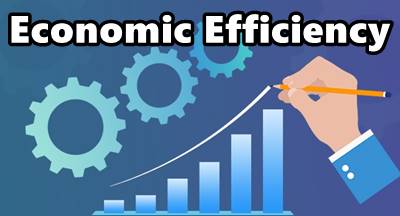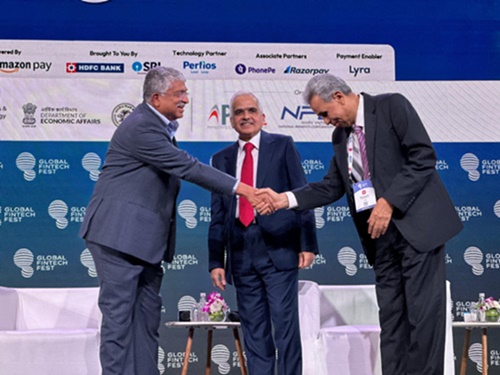
Table of Contents
What is X-Efficiency?
X-Efficiency is the degree of efficiency that companies maintain under the situation of Imperfect Competition. In this context, efficiency is referred to a firm garnering maximum output from inputs, such as Manufacturing efficiency, employee productivity and more.

In an extremely competitive Market, companies are compelled to behave as efficiently as possible to make sure there are consistent existence and significant profits. On the other hand, under an imperfect competition situation, like duopoly and monopoly, this scenario doesn’t exist.
History of X-Efficiency
It was back in 1966 when Harvey Leibenstein – an Economist and Harvard professor - projected the concept of x-efficiency in his paper Allocative Efficiency vs X-Efficiency that was published in The American Economic Review.
Allocative efficiency is referred to as a situation when the marginal cost of a company is equal to price and can occur when there is high competition in the Industry. Before 1966, economists had a firm belief that companies were efficient enough with certain exceptional situations of allocative efficiency.
Introducing the human element, Leibenstein claimed that factors that are attributable to workers or management could exist. In the paper’s summary section, Leibenstein declared that microeconomic theory concentrates on allocative efficiency to the barring of different types of efficiencies that are much substantial in several instances. Also, enhancement in non-allocative efficiency is a vital Factor for the growth process.
Talk to our investment specialist
Explaining X-Efficiency
X-efficiency signifies the irrational actions that are executed by companies in the market. As per the assumptions made by traditional neoclassical economies, firms operate in rational ways. This means that they maximize their production at the minimum possible costs, despite the markets being non-efficient.
However, Leibenstein challenged the notion that companies always remained ration. This anomaly was called X for the unknown; thus, the term X-efficiency was coined. When there is no real competition, firms behave more tolerantly toward inefficiencies in their executions and operations.
Therefore, the x-efficiency concept is currently being used to evaluate how much efficiency a company is capable of showing in a more competitive environment. While calculating x-efficiency, usually, a data point is chosen that represents an industry.
And then, with regression-analysis, it is modelled. For instance, a Bank could be judged by the total costs divided by the total assets to acquire a single data point for a company. Thereafter, the data points for all of the banks will be compared with the help of regression analysis to comprehend the most x-efficient.
All efforts have been made to ensure the information provided here is accurate. However, no guarantees are made regarding correctness of data. Please verify with scheme information document before making any investment.












